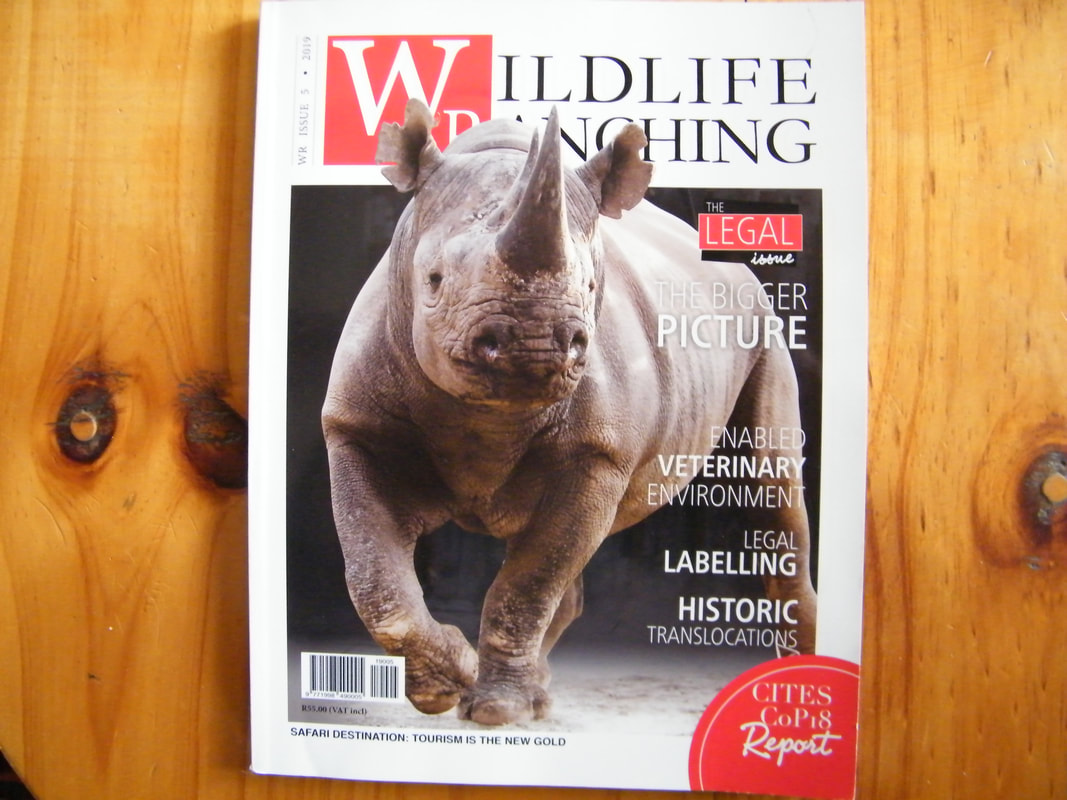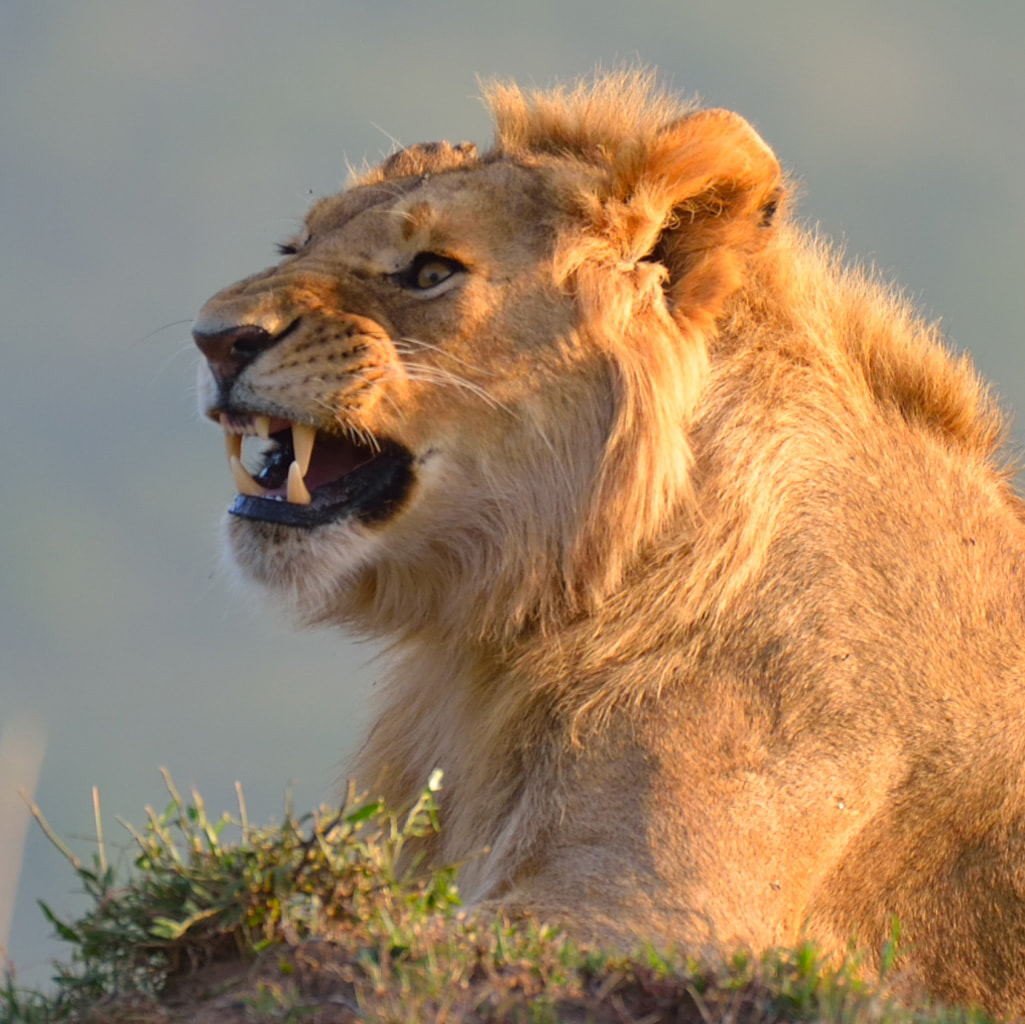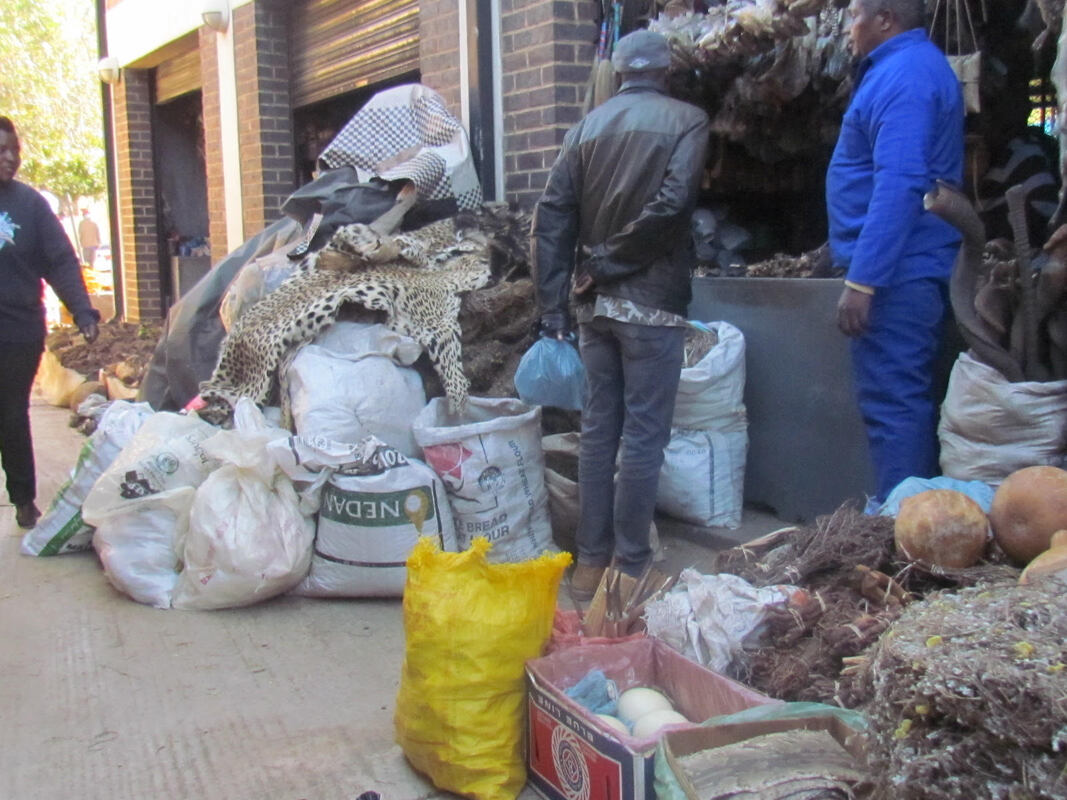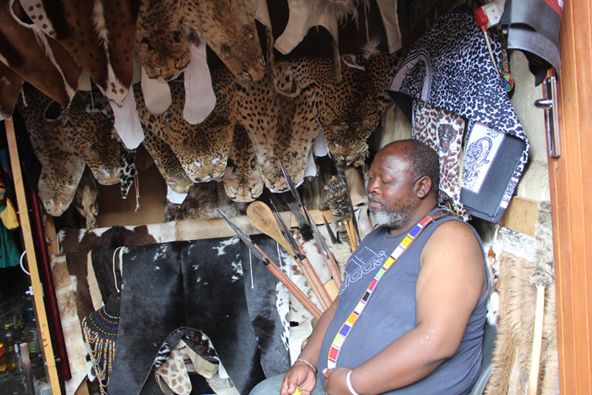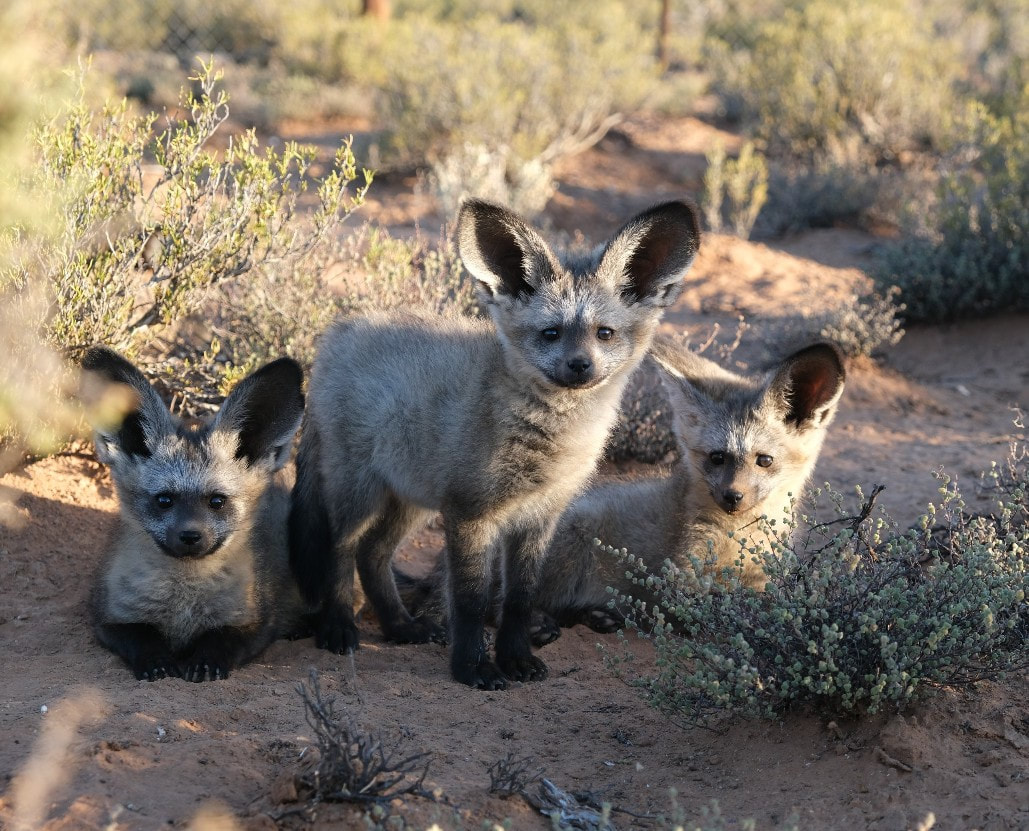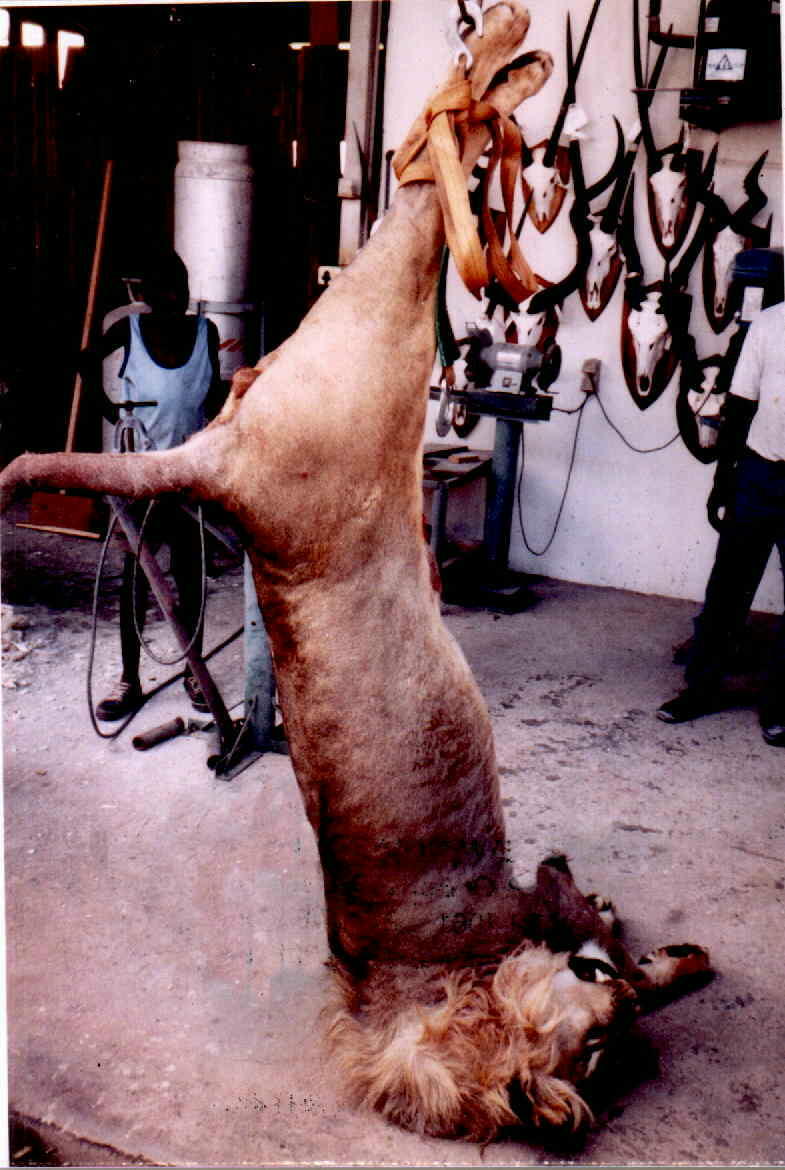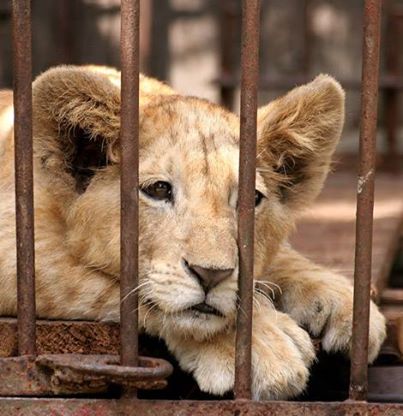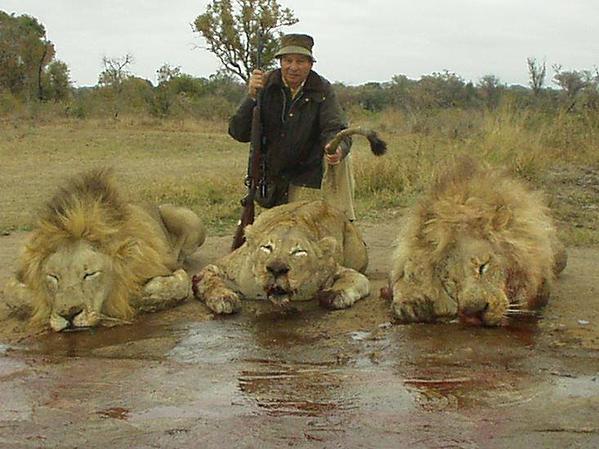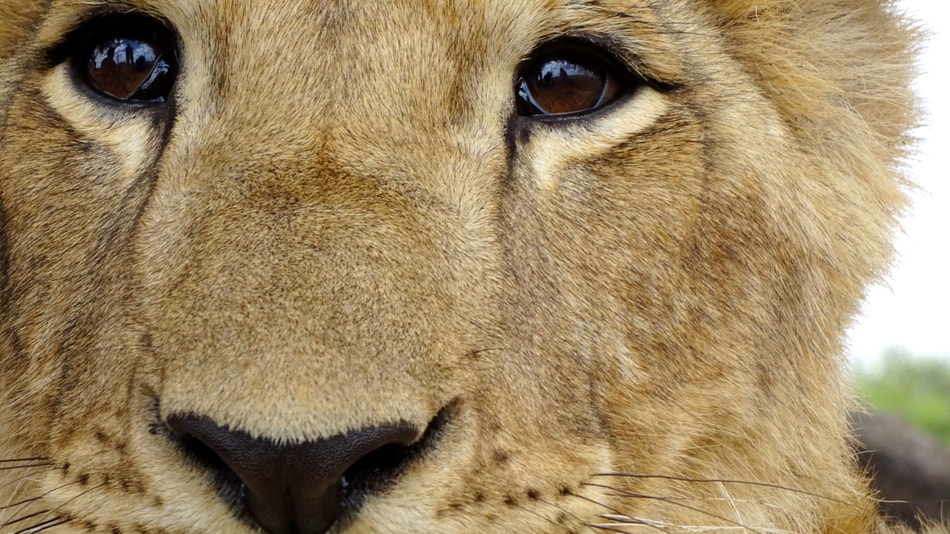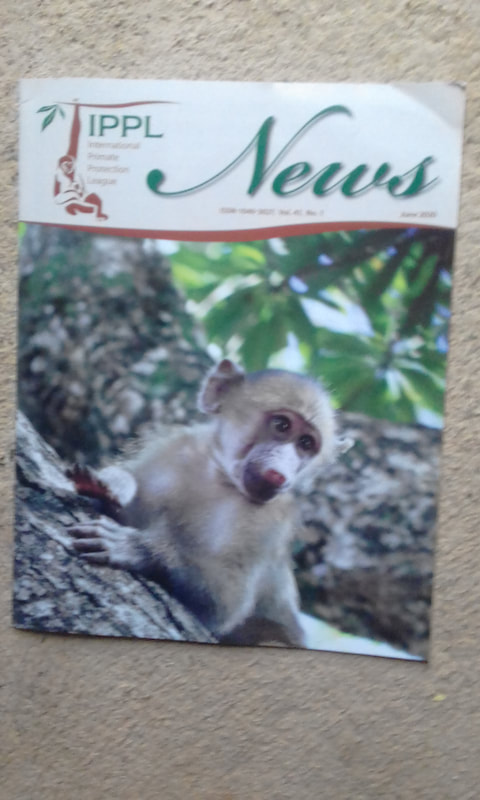
I've just read with mounting concern the latest IPPL newsletter. So much hardship everywhere! I knew that the lockdowns and restrictions were affecting animal welfare but still found the accounts in the newsletter terribly depressing. And the misery is global. From Africa to Asia wildlife sanctuaries are battling to survive, laying off staff who can ill afford lay-off, cutting wages for the few remaining staff by 50%, suffering almost total sponsor and donor withdrawal, total loss of volunteer support, struggling to find food for their animals. etc.
One heartbreaking story is how angry mobs invaded one African primate sanctuary, looted and vandalised the accommodation, then beat the manager savagely and dragged him through the dusty streets of the local town. Food was becoming scarce owing to all the covid restrictions, and the locals were inflamed into an orgy of savagery and destruction.
I cannot believe that free people have allowed themselves to be sentenced to house arrest for long periods of time without rebelling against the medical tyranny. I can just imagine the contempt that my dear old friend and mentor Rita Miljo, founder of primate sanctuary CARE in South Africa, would have shown to lockdown regulations.
Perhaps we all took freedom for granted.
Putting millions out of work to - maybe - save thousands of lives? Madness!
And we are only beginning to see the appalling socio-economic consequences of the collective insanity of most world governments. They will get worse; much worse.
African adventurer Kingsley Holgate says it best: here is his memorable analogy for covid hysteria and lockdown: 🇿🇦
.
"The wildebeest in Africa migrate every year, as we know, in search of food to survive. When they reach the Mara river, the crocodiles are waiting. They know this and they know they will lose a few when they cross but for the sake of the survival of the herd, they cross anyway. They have done this successfully for hundreds of years and survived.
Implementing lockdown is like putting up a fence to prevent the wildebeest from crossing the Mara river to save those that would be eaten by the crocodiles, and as a result, the whole herd dies of starvation."

